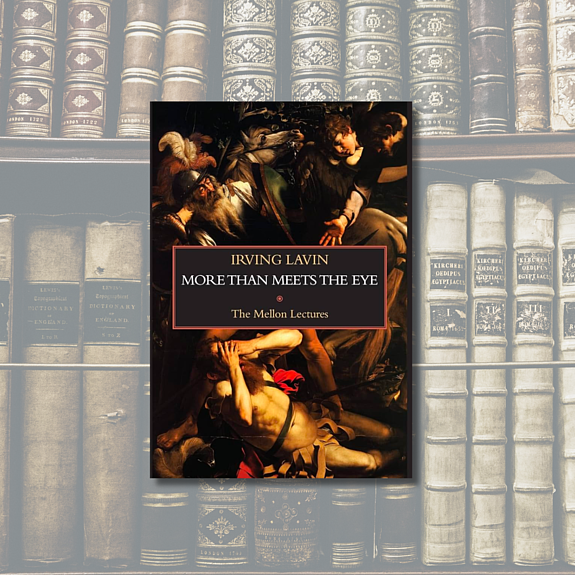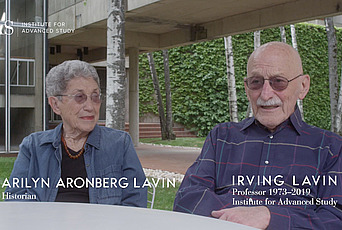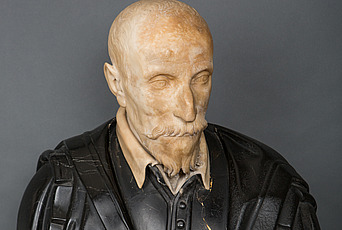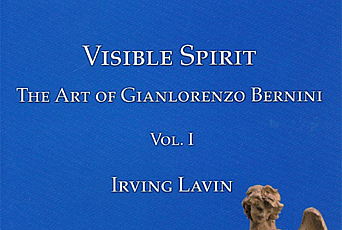In 2004, Irving Lavin, past Faculty (1973–2019) in the School of Historical Studies, delivered six lectures at the National Gallery of Art in Washington DC, as part of the Andrew W. Mellon Lectures in the Fine Arts. The lecture series, established in 1949, is intended, in Mellon's own words, "to bring to the people of the United States the results of the best contemporary thought and scholarship," through engagement with speakers of "exceptional ability, achievement, and reputation."
Marilyn Aronberg Lavin, Irving's widow and a distinguished art historian, has assembled, edited, and updated his Mellon lectures, their notes, and bibliography to create a comprehensive collection of richly illustrated essays. The resulting book, published with Italica Press in 2022, shares the same title as the lecture series: "More than Meets the Eye: Irony, Paradox, and Metaphor in the History of Art." The book's chapters include discussion of the work of numerous artists, from Giotto and Michelangelo to Caravaggio, and the French engraver Claude Mellan to architect Frank Gehry.
In the preface to the book, Marilyn describes her surprise at learning of Irving's intention to title his lecture series "More than Meets the Eye," because this is something of a hackneyed expression. Yet as Irving would go on to outline to Marilyn, the choice was deliberate, since it is "a simple phrase hiding an unexpected wealth of meaning," capturing the same "oratorical value" as the lecture series' contents.
Meanwhile, the book's subtitle, “Irony, Paradox, and Metaphor in the History of Art,” contains terms associated with rhetoric, oratory, and literature. Such terms ready the reader to meet ideas that lie beyond, under, over, and around the works to be considered. Lavin thus uncovers—within the artist’s intellectual and emotional tool box—meanings not usually associated with static and stable visual images, namely "figures of speech" set forth in visual form.
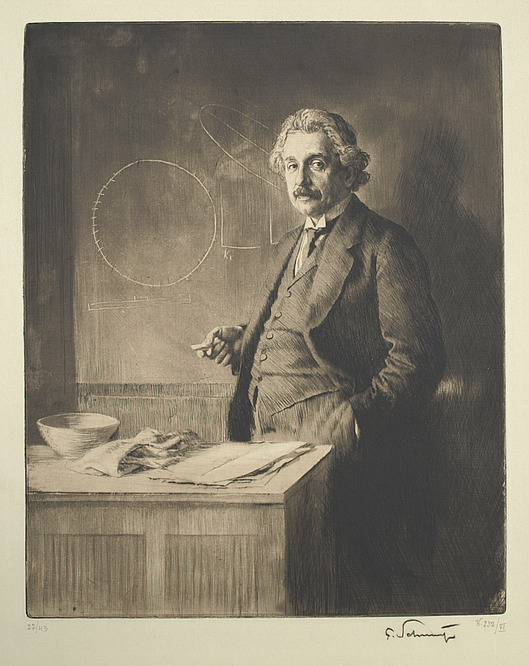
Members of the IAS community may find Chapter One of the book to be of special interest, since it traces the visual history and significance of the circle from the works of Giotto, Van de Velde, Rembrandt to its reappearance in an etching made of past IAS Faculty Albert Einstein. The etching was produced by Ferdinand Schmutzer on the occasion of Einstein's visit to Vienna in 1921, where he presented two lectures on his theories of relativity. In his investigations of the significance of the circle, which appears on a blackboard behind Einstein in the Schmutzer portrait, Lavin describes consulting Stephen Adler, Professor Emeritus in the School of Natural Sciences, who suggested that the circle might refer to an aspect of general relativity, namely the explanation that Einstein's theory provided for the precession of the elliptical orbit of Mercury. Lavin concludes that while the circle functioned for Giotto as an image of the "perfect all-encompassing universe," the motif "met its match in terms of modern science" through the references that Einstein makes in Schmutzer's portrait.
Marilyn Aronberg Lavin's work on this book follows upon her previous edition of Irving Lavin’s Slade Lectures at Oxford, published by Italica Press in 2020 as The Art of Commemoration in the Renaissance.
